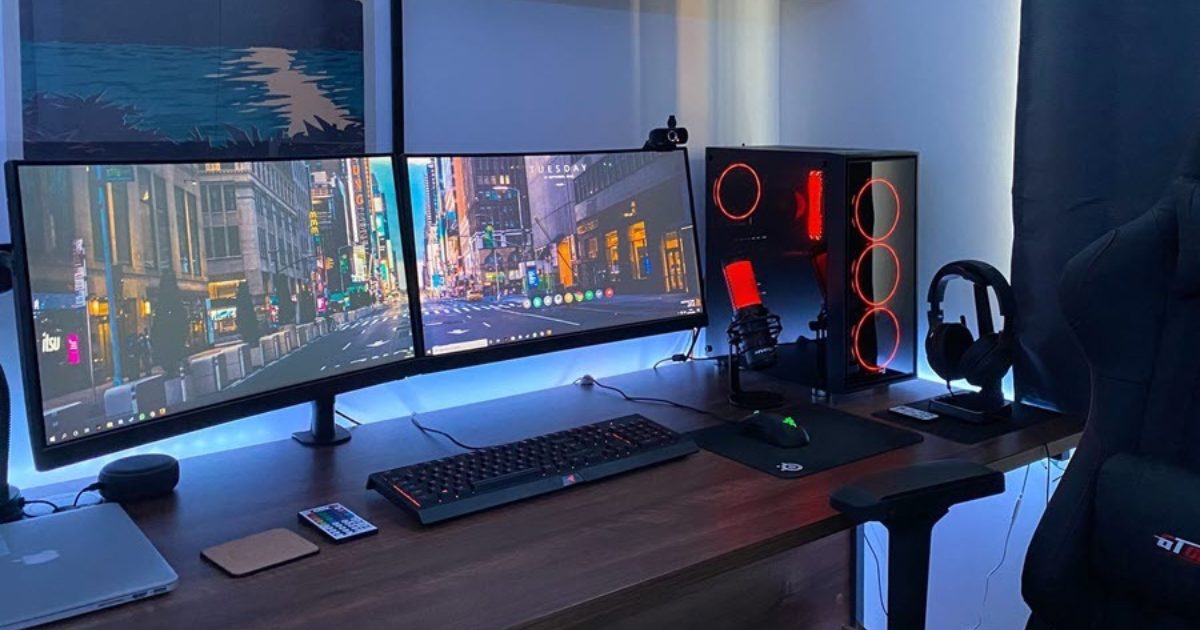Computer monitors are essential for the interface between users and their PCs – without a graphical interface, we would all be forced to operate computers via the command line, which would be very time consuming. These days, laptops are the most popular form of PC among consumers, due to the fact they have an all-in-one form factor – the keyboard, mouse and monitor are all built-in. That being said, there is still a market for standalone monitors, and even users with laptops can benefit from them.
We spoke with TechQuarters, an IT partner that provides business IT support London rely on. They told us how important they find monitors in their business – all of their IT engineers require at least 2 monitors in order to multi-task effectively – and many other their non-IT staff utilize an additional monitor alongside their work laptops in order to be more productive.
So, if you are in the market for a PC monitor, what should you look out for?
Resolution
According marketresearchjournals Resolution refers to the pixel density of the screen. There are a lot of numbers involved in resolution, and the different measurements can get confusing, but the important thing to remember is the higher the resolution, the sharper the image on your monitor. Common resolutions are 1080p, known as Full HD, which is the minimum you should accept. Higher resolutions include 4K and 8K, also known as Ultra HD – 8K monitors are the least common.
TechQuarters believes that this is the most important factor in selecting a monitor – whilst providing IT support for small business, they have known many people to develop eye strain from using monitors all day, and so they always recommend using a high resolution screen for work.
Refresh Rate
How frequently the image on your monitor refreshes affects how smooth your display appears. The most common refresh rate is 60hz, which is what most people are used to and is smooth enough – but there are higher refresh rates, such as 120hz, which will look extremely smooth. A higher refresh rate might be better for users that experience frequent eye strain.
Types of Monitors
There are different types of monitors on the market that you should be aware of. The different types have unique advantages for different scenarios.
Ultrawide
These types of monitors are usually twice as wide in scale as a standard monitor – the resolution of these monitors are also generally higher by default. Many ultrawide monitors come with two display inputs – this means you can either connect it to a single PC and have an ultrawide desktop display; or you can connect two PCs to the monitor, and have the two desktops side-by-side. Ultrawide monitors are good for users that can afford to invest in one, and who would rather streamline their setup by not having two monitors.
USB
Traditionally, a PC monitor would come with its own power delivery cable, as well as a display input cable – nowadays, this would usually be a HDMI cable. However, a new class of monitor is becoming more and more popular – the USB Monitor. USB cables have the advantage of being able to deliver audio, video, data and power all through a single cable. TechQuarters told us that part of the range of London IT services is providing hardware for their users, and these days they recommend USB Monitors, because of how easy they are to set up. With the advancements in USB technology, you won’t have to compromise size or resolution – there are plenty of full-size, 4K USB monitors on the market.
Portable
These monitors can come in a range of sizes, and so the definition of a portable monitor is not in the size, but how they are designed. Firstly, a portable monitor will have a built-in kickstand so that they can be stood up on their own, but also easily packed away into a bag with limited space required. Additionally, a portable monitor will not require its own power source, and can be powered from your laptop or desktop PC. The sweet spot for portable monitors is generally agreed to be between 12 and 17 inches, and they are great for users that work with a laptop, and value mobility, whilst still wanting to extend their display.
